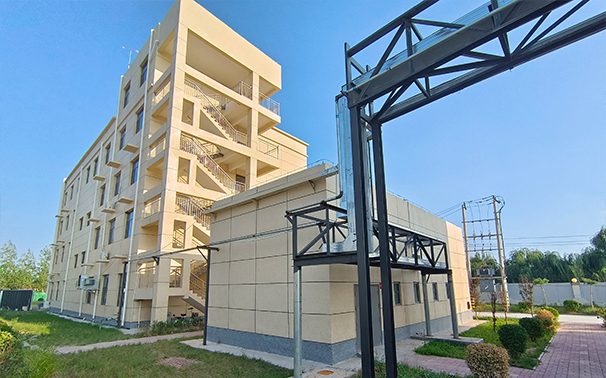coagulants and flocculants in water treatment
Coagulants and Flocculants in Water Treatment Enhancing Water Quality
Water treatment processes are essential for providing clean and safe drinking water to communities around the world. Among the various techniques employed in this realm, the use of coagulants and flocculants plays a critical role in the removal of suspended particles, colloids, and contaminants from water. Understanding these chemicals and their functions is key to optimizing water treatment processes.
What Are Coagulants and Flocculants?
Coagulants are chemical agents that promote the aggregation of fine particles in water, forming larger particles, or flocs, that can be removed more easily. Common coagulants include aluminum sulfate, ferric chloride, and polyaluminum chloride. These substances work by neutralizing the electric charges that keep particles dispersed in water. When the charges are neutralized, particles clump together, initiating the coagulation process.
Flocculants, on the other hand, are substances added to the water after coagulation to facilitate the settling or flotation of the flocs. They help to create a sticky mass that allows the aggregated particles to combine and increase in size, making them heavier and easier to remove. Common flocculants include polyacrylamide and natural polymers like starch or guar gum.
The Importance of Coagulation and Flocculation
The process of coagulation and flocculation is vital in water treatment for several reasons
1. Removal of Suspended Solids Suspended solids, such as silt, clay, and organic materials, can not only cloud water but also harbor pathogens. Coagulation and flocculation effectively reduce turbidity and improve the overall clarity of the water.
2. Reduction of Contaminants Many impurities, including bacteria, viruses, and heavy metals, can be aggregated through these processes. As particles clump together, they become easier to filter out, leading to cleaner and safer water.
3. Enhanced Filtration and Clarification The flocs formed during these processes can be more easily removed through sedimentation or filtration methods, leading to improvements in the efficiency and effectiveness of subsequent treatment steps.
coagulants and flocculants in water treatment

4. Cost-Effectiveness By utilizing coagulants and flocculants, water treatment facilities can reduce the amount of energy and resources needed for subsequent treatment processes, making the operation more economical.
Factors Influencing Coagulation and Flocculation
Several factors can influence the effectiveness of coagulation and flocculation processes
1. Water Quality The characteristics of the water being treated, such as pH, temperature, turbidity, and the presence of organic matter, can significantly affect how well the coagulants and flocculants work. Operators need to conduct tests to optimize chemical dosages for specific water sources.
2. Chemical Selection Choosing the right coagulant and flocculant is critical. Different chemicals have unique properties and interact differently with various particles in water. Understanding the chemistry involved is essential for effective treatment.
3. Mixing and Contact Time Adequate mixing is necessary to ensure coagulants and flocculants are evenly distributed throughout the water. The contact time allowed for these chemicals to work also influences the size and settling rate of the flocs formed.
4. Environmental Considerations The use of coagulants and flocculants must be managed carefully to minimize environmental impacts when discharging treated water. Modern advancements focus on developing biodegradable and eco-friendly options to reduce ecological footprints.
Conclusion
In summary, coagulants and flocculants are essential components of water treatment processes. By effectively removing suspended solids and contaminants, they enhance the quality of water, making it safer for consumption. As the global demand for clean water continues to rise, understanding and optimizing these processes remains a priority for water treatment facilities. Ongoing research and advancements in chemical technologies will pave the way for more efficient and sustainable water treatment solutions in the future.
-
lk-319-special-scale-and-corrosion-inhibitor-for-steel-plants-advanced-solutions-for-industrial-water-systemsNewsAug.22,2025
-
flocculant-water-treatment-essential-chemical-solutions-for-purification-processesNewsAug.22,2025
-
isothiazolinones-versatile-microbial-control-agents-for-industrial-and-consumer-applicationsNewsAug.22,2025
-
scale-inhibitor-key-solutions-for-water-system-scale-preventionNewsAug.22,2025
-
organophosphonates-versatile-scale-inhibitors-for-industrial-water-systemsNewsAug.22,2025
-
scale-and-corrosion-inhibitor-essential-chemical-solutions-for-water-system-maintenanceNewsAug.22,2025





